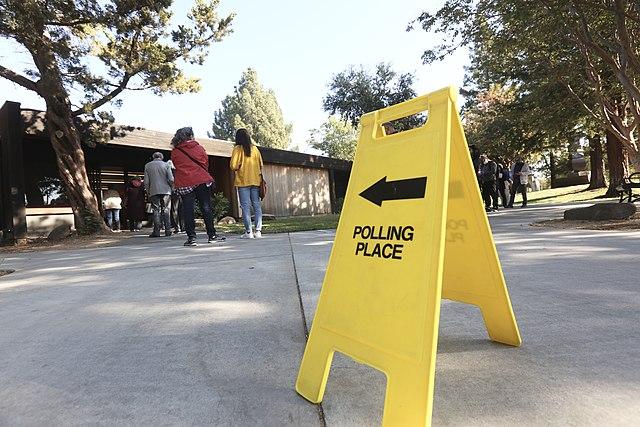By Andrew Gregg
Managing Editor of Content
Cuesta has implemented a hiring freeze in anticipation of a $1.5M deficit for 2018, according to college officials.
The projected deficit is the consequence of several factors, including low student enrollment and a drop in state funding, according to Lauren Milbourne, Cuesta’s media relations coordinator.
“A selective hiring freeze is an initial step toward bringing the district budget back into balance,†Milbourne said.
The college’s number one priority for combating the deficit is increasing student enrollment, according to Dr. Gil Stork, Cuesta’s president.
“Our first and foremost measure is to do everything we can to grow enrollment which would produce additional revenue and lessen the scope of reductions,†Stork said. “However, in addition to the savings gained from open or unfilled positions, we are continuously evaluating budget versus actual expenditures to determine where the district can reclaim unspent dollars that can be applied to the reduction target.â€
Stork emphasized that the college will attempt to lessen the budget cuts’ affect on students.
“I wish I could say that the budget reductions would not impact students,†Stork said. “Having said that, an underlying premise for all budget reductions is identifying the potential impact on the level of instructional and support services to students. Reduction decisions will be influenced and shaped by the degree to which direct support to students will be impacted.â€
Student enrollment is central to Cuesta’s budget troubles.
“District enrollments are projected to be relatively flat over the next few years,†Milbourne said.
Cuesta, as well as other community colleges throughout California, receive general-purpose money from the state based on the number of full-time students enrolled, according to Milbourne.
With a stagnant enrollment rate, Cuesta is expecting no additional state funds.
Additionally, cost-of-living adjustments, which are increases in state funding to acknowledge the pressures of inflation, have been low in recent years, according to Milbourne.
Governor Jerry Brown’s initial COLA proposal for 2017-2018 is 1.48 percent.
“Many of our costs, including salaries and benefits, are growing faster than these revenue increases,†Milbourne said.
Retirement costs also factor into Cuesta’s deficit.
“The district is required to pay a certain percentage of employee salary to the state retirement systems –– California State Teachers’ Retirement System for faculty and California Public Employees’ Retirement System for most other employees,†Milbourne said.
The amount Cuesta pays into these services is expected to rise in the coming years.
“In 2014, the district’s contribution to CalPERS was 11.8 percent of related salary,†Milbourne said. “This rate will grow to 27.3 percent in 2024.â€
Similarly, the district’s contributions to CalSTRs was 8.25 percent of related salary, and will increase to 19.10 percent by 2020.
“These increases will cost the district several million dollars over time, without significant corresponding revenue increases to help us cover them,†Milbourne said.
Cuesta has been forced to implement significant budget-reduction measures in the past.
In 2012, the college eliminated “about 12 academic programs,†and “about 30 classified and management positions,†according to Milbourne.
“The bottom line is that we were successful in meeting our deficit target, although it was very painful, especially the furloughs and layoffs,†Milbourne said. “We do not want to repeat these actions.â€




















